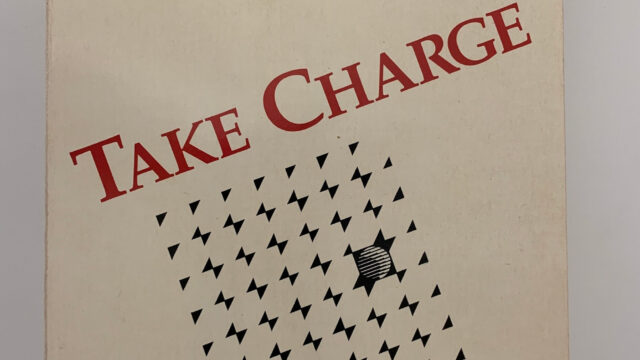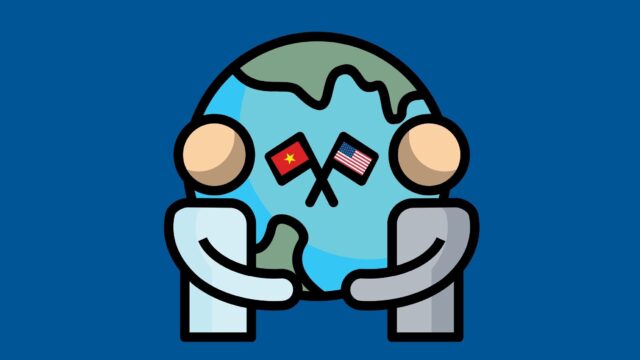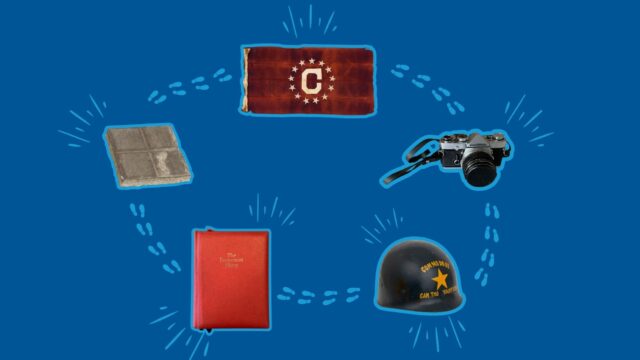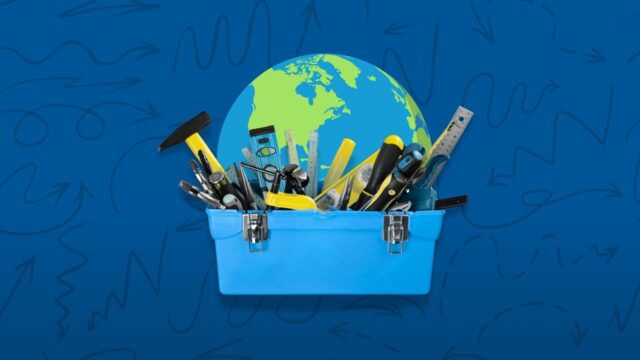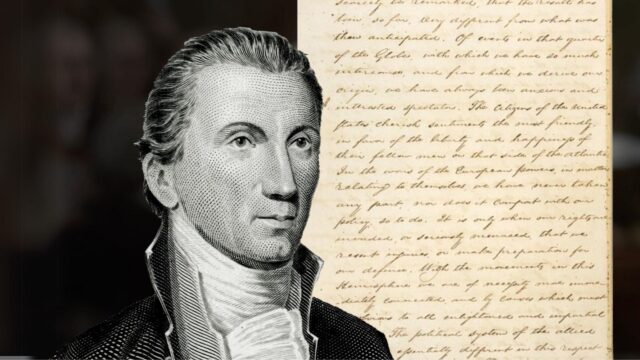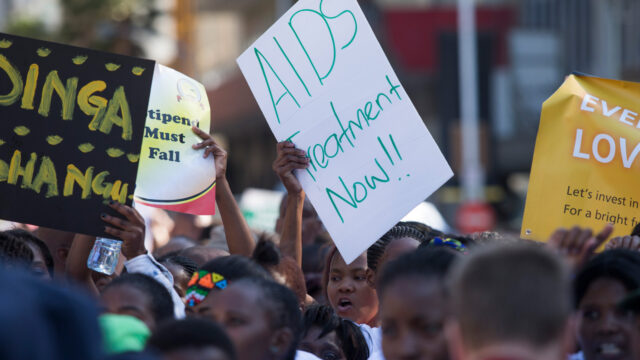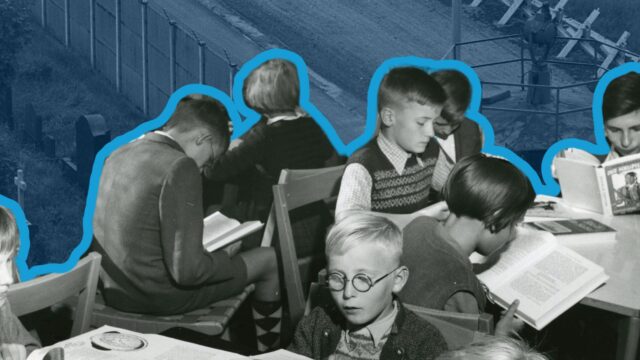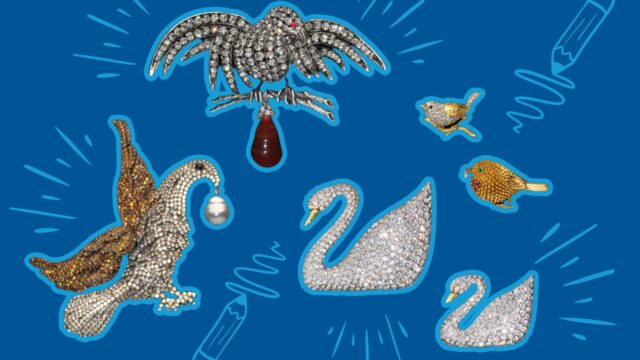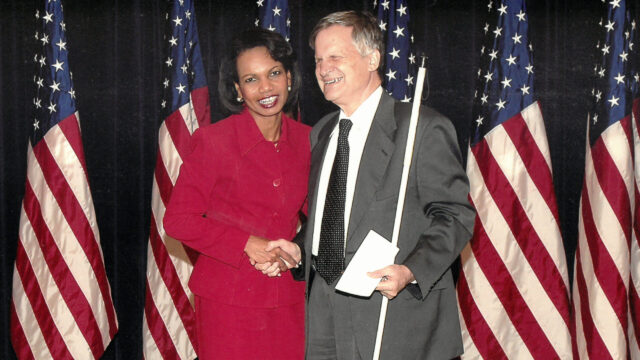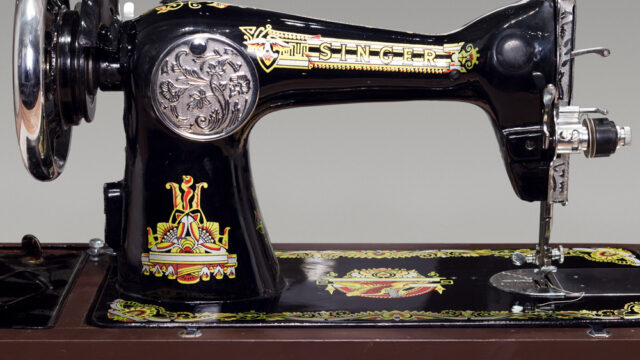Item
Guidebook for Blind Job Seekers
Avraham (Rami) Rabby was a lifelong advocate for the rights of those with disabilities, particularly vision loss. He was completely blind, having lost his sight as a child due to detached retinas. He also served as a diplomat in the U.S. Foreign Service for 17 years, a job he had to fight…
